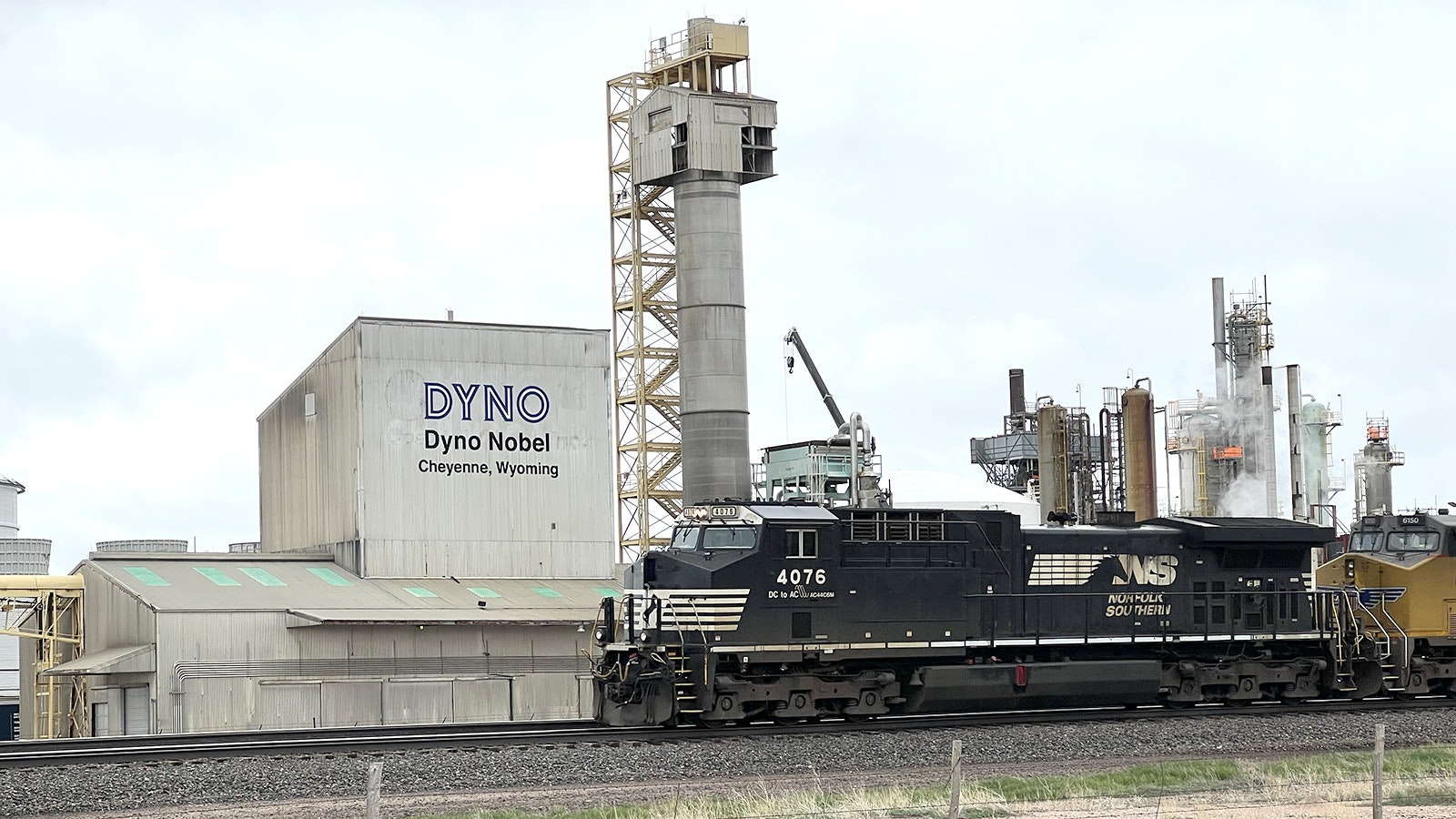Exactly what caused the disappearance of 30 tons of ammonium nitrate remains unknown more than two months after it left an explosive manufacturer in Cheyenne.
The chemical, which is used in fertilizers and explosives at Wyoming coal mines, left the Dyno Nobel Manufacturing plant in Cheyenne bound for California on April 12. Two weeks later, the chemical was discovered missing from the railcar.
Mike Jaixen, senior manager of communications for Union Pacific, the railroad company that was used to transport the chemical, told Cowboy State Daily this week the company has no update on the investigation.
Dyno Nobel did not return requests for updates on the investigation.
Dyno Nobel filed a report with the National Response Center on May 10 after the chemical was discovered missing at a rail facility near Mohave, California.
A spokesperson for Dyno Nobel previously told Cowboy State Daily that the chemical is believed to have leaked through a bottom gate on the railcar during transport.
Union Pacific said that the release of the fertilizer to the ground beneath the railroad tracks should pose no risk to public health or the environment.
The empty railcar was transported back to Cheyenne for further inspection.
The company said previously that it’s taking the matter seriously and will work to understand how the leak happened and how it can be prevented in the future.





